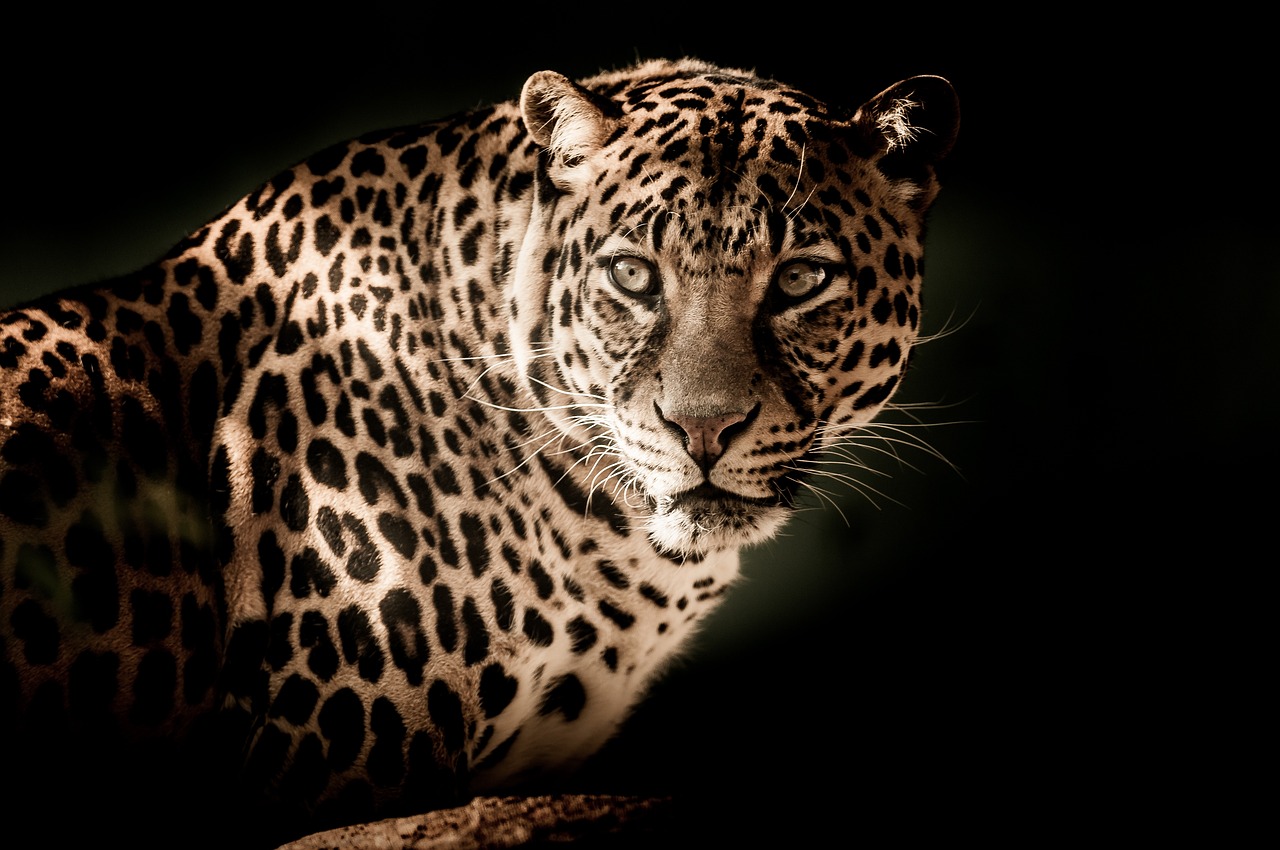
Pre-reading questions:
- What is a leopard?
- Why are leopards important to the ecosystem?
Vocabulary:
- extinction /ik-STINGK-shuhn /
- comprehensive /kom-pri-HEN-siv/
- initiative /ih-NISH-uh-tiv/
- awareness /uh-WAIR-nis/
- predator /PRED-uh-ter/
[noun] – a situation in which something no longer exists
The relentless hunting of elephants has put them on the brink of extinction.
[adjective] – complete and including everything that is necessary
The comprehensive guidebook provided detailed instructions and step-by-step procedures to help users navigate through the complex software.
[noun] – a new plan or process to achieve something or solve a problem
The nonprofit organization launched an initiative to provide clean drinking water to remote villages in developing countries.
[noun] – knowledge that something exists, or understanding of a situation or subject at the present time based on information or experience
The workshop on climate change sought to increase awareness among participants about the impact of human activities on the environment and the need for sustainable practices.
[noun] – an animal that hunts, kills, and eats other animals
The shark, with its rows of sharp teeth and powerful jaws, is an apex predator in the ocean, capable of hunting down and devouring its prey with precision.
Article reading:
In response to this dire situation, conservation organizations and regional governments are collaborating to implement comprehensive conservation strategies. These initiatives focus on preserving the leopard’s habitat, strengthening anti-poaching efforts, and raising awareness about the importance of protecting this species. As an apex predator, it plays a vital role in regulating prey populations and maintaining ecosystem balance. The disappearance of this species would disrupt the delicate ecological equilibrium, leading to cascading effects on other species and the overall biodiversity of the region. Conservationists are working tirelessly to establish protected areas and wildlife corridors to safeguard the remaining habitats of the Indochinese leopard. They are also collaborating with local communities to promote sustainable livelihoods and alternative income sources, reducing the pressure on natural resources and the incentive for illegal hunting. Although the challenges are formidable, the commitment and collaboration of governments, conservation organizations, and local communities provide hope for the survival of the Indochinese leopard.
Comprehension questions
- What is the current status of the Indochina leopard population?
- Where is the Indochina leopard primarily found?
- What are the main factors contributing to the decline of the Indochina leopard population?
- What are the key components of the conservation strategies being implemented?
- Why is it important to protect the Indochina leopard?
Discussion questions
- Have you ever heard of the Indochina leopard before? What are your initial thoughts about its critical situation?
- Why do you think habitat loss, illegal hunting, and poaching have had such a severe impact on the Indochinese leopard population?
- Are there any successful examples of conservation efforts in your country that you know of?
- What do you believe are the key elements of comprehensive conservation strategies to protect endangered species like the Indochinese leopard?
- How do you think the disappearance of the Indochina leopard would affect the ecosystems and biodiversity of Southeast Asia?